43 epinephrine signaling pathway diagram
Q. Epinephrine (also known as adrenaline or adrenalin) is a hormone and a neurotransmitter. The model for the action of Epinephrine is shown below. ... the neurotransmitter is serving as which part of the signal pathway? answer choices . transducer. relay molecule. receptor. signal molecule. transducer . ... Q. If the diagram were about ... Aug 06, 2019 · The JAK-STAT pathway can interconnect with other inflammatory pathways including the PI3K/AKT/mTOR pathway and the MAPK/ERK pathway, which can serve to ultimately enhance NLRP3 inflammasome activation . Additional evidence suggests that IFN-γ effects on IL-1β are related to the enhancement of suppressor of cytokine signaling 1 (SOCS1) .
Fatty acid metabolism consists of various metabolic processes involving or closely related to fatty acids, a family of molecules classified within the lipid macronutrient category. These processes can mainly be divided into (1) catabolic processes that generate energy and (2) anabolic processes where they serve as building blocks for other compounds. In catabolism, fatty acids are metabolized ...
Epinephrine signaling pathway diagram
The diagram below compares the reaction coordinates for the catalyzed and uncatalyzed pathways of this reaction. ... The image above depicts the signal transduction pathway of epinephrine. During one step in the pathway, the enzyme glycogen synthase is phosphorylated, which inactivates the enzyme. ... During cell growth, small signaling ... Nov 07, 2021 · This gene encodes beta-2-adrenergic receptor which is a member of the G protein-coupled receptor superfamily. This receptor is directly associated with one of its ultimate effectors, the class C L-type calcium channel Ca(V)1.2. This receptor-channel complex also contains a G protein, an adenylyl cyclase, cAMP-dependent kinase, and the counterbalancing phosphatase, PP2A. In biology, cell signaling (cell signalling in British English) or cell communication is the ability of a cell to receive, process, and transmit signals with its environment and with itself. It is a fundamental property of all cells in every living organism such as bacteria, plants, and animals. Signals that originate from outside a cell (or extracellular signals) can be physical agents like ...
Epinephrine signaling pathway diagram. Epinephrine Signaling Pathway Diagram. Interaction of different signaling pathways permits the fine-tuning of cellular activities . Earlier we saw that a rise in cAMP induced by epinephrine stimulation of .. Schematic diagram of the regulatory feedback loop that controls the activity. begins with the production of cAMP, which is a pure ... The cAMP Pathway: Second Messengers and Protein Phosphorylation. Intracellular signaling was first elucidated by studies of the action of hormones such as epinephrine, which signals the breakdown of glycogen to glucose in anticipation of muscular activity. In 1958, Earl Sutherland discovered that the action of epinephrine was mediated by an increase in the intracellular concentration of cyclic ... 2. With the use of a flow diagram, indicate the key players and targets involved in the adrenaline (epinephrine) signal transduction pathway in a liver and a muscle cell. How does adrenaline signaling differ from glucagon signaling in the liver? Expert Answer. Who are the experts? Experts are tested by Chegg as specialists in their subject area. The result of one such signaling pathway affects muscle cells and is a good example of an increase in cellular metabolism. The activation of β-adrenergic receptors in muscle cells by adrenaline leads to an increase in cyclic adenosine monophosphate (also known as cyclic AMP or cAMP) inside the cell.
The initiation of a specific signal transduction pathway The inhibition of control enzymes controlling certain pathways The activation of control enzymes controlling certain pathways ... A less active GTPase would mean less stimulation of the MAP kinase pathway 23: When epinephrine binds to a(n) _____ receptor, _____ is activated and there is ... Heart-Brain Communication Traditionally, the study of communication pathways between the head and heart has been approached from a rather one-sided perspective, with scientists focusing primarily on the heart’s responses to the brain’s commands. We have learned, however, that communication between the heart and brain actually is a dynamic, ongoing, two-way dialogue, with each organ ... Hormones help the body maintain homeostasis, or relatively constant internal conditions. Can you label the steps in a homeostasis pathway? To review the process of homeostasis, watch this BioFlix animation: Homeostasis: Regulating Blood Sugar. Drag each label to the appropriate location on the diagram of a homeostasis pathway. Diagram The Epinephrine Signaling Pathway. The following animation depicts a signal transduction pathway in a liver cell. 1. The first step in epinephrine signaling occurs when the hormone binds to an. begins with the production of cAMP, which is a pure signaling Metabolic control — in response to stimulus the output through the metabolic ...
EPINEPHRINE SIGNALING PATHWAY VIA ADRENERGIC RECEPTOR BETA (PW:0000794) View Ontology Report Description: Norepinephrine and epinephrine, whose synthesis and release are prompted by various but distinct stresses, act as neurotransmitters and hormones that signal via various adrenergic receptors, G-protein coupled receptors (GPCR) that couple to distinct G alpha subunits of heterotrimeric G ... Many signal transduction pathways amplify the initial signal, so that one molecule of ligand can lead to the activation of many molecules of a downstream target. The molecules that relay a signal are often proteins. However, non-protein molecules like ions and phospholipids can also play important roles. Diagram signal. An important category of membrane receptors that are commonly used in signal transduction pathways is the seven transmembrane helix receptor or simple the.The cAMP Pathway: Second Messengers and Protein Phosphorylation. Intracellular signaling was first elucidated by studies of the action of hormones such as epinephrine, which ... Describe the hormone pathway in given examples, including blood glucose, hunger, metamorphosis, stress, and/or sex, and make predictions on how an animal would respond to given stimuli for each case ... epinephrine (adrenaline) and ... These activities are mediated through signaling from the hypothalamus-pituitary axis to the thyroid, which ...
Feb 22, 2019 · The diagram below includes the furniture of Solomon's Temple. It was much more elaborate than the Tabernacle, in part because it was a permanent structure serving a larger number of people. The chambers in the wall are shown in cross-section in the lower diagram.
Epinephrine & the cAMP Cascade. Epinephrine is secreted. There are many epinephrine receptors on the surface of muscle cells. Muscle is a characteristic organ where the effect of epinephrine takes place. The cyclic-AMP (cAMP) cascade begins with the production of cAMP, which is a pure signaling molecule, i.e., not a metabolism intermediate.
In biology, cell signaling (cell signalling in British English) or cell communication is the ability of a cell to receive, process, and transmit signals with its environment and with itself. It is a fundamental property of all cells in every living organism such as bacteria, plants, and animals. Signals that originate from outside a cell (or extracellular signals) can be physical agents like ...
Nov 07, 2021 · This gene encodes beta-2-adrenergic receptor which is a member of the G protein-coupled receptor superfamily. This receptor is directly associated with one of its ultimate effectors, the class C L-type calcium channel Ca(V)1.2. This receptor-channel complex also contains a G protein, an adenylyl cyclase, cAMP-dependent kinase, and the counterbalancing phosphatase, PP2A.
The diagram below compares the reaction coordinates for the catalyzed and uncatalyzed pathways of this reaction. ... The image above depicts the signal transduction pathway of epinephrine. During one step in the pathway, the enzyme glycogen synthase is phosphorylated, which inactivates the enzyme. ... During cell growth, small signaling ...
Solved A Critical Feature Of All Signaling Cascades Is That They Must Be Turned Off Rapidly When The Extracellular Signal Is Removed Examine The Course Hero

Is Adrenaline Life Saving Or Deadly Should It Be The Standard Of Care Treatment For Cardiopulmonary Resuscitation Young Scientists Journal




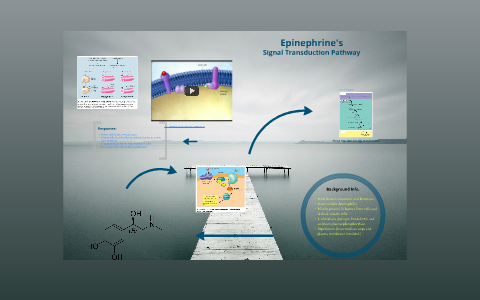


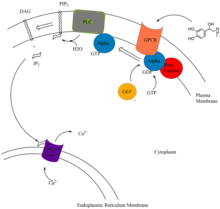




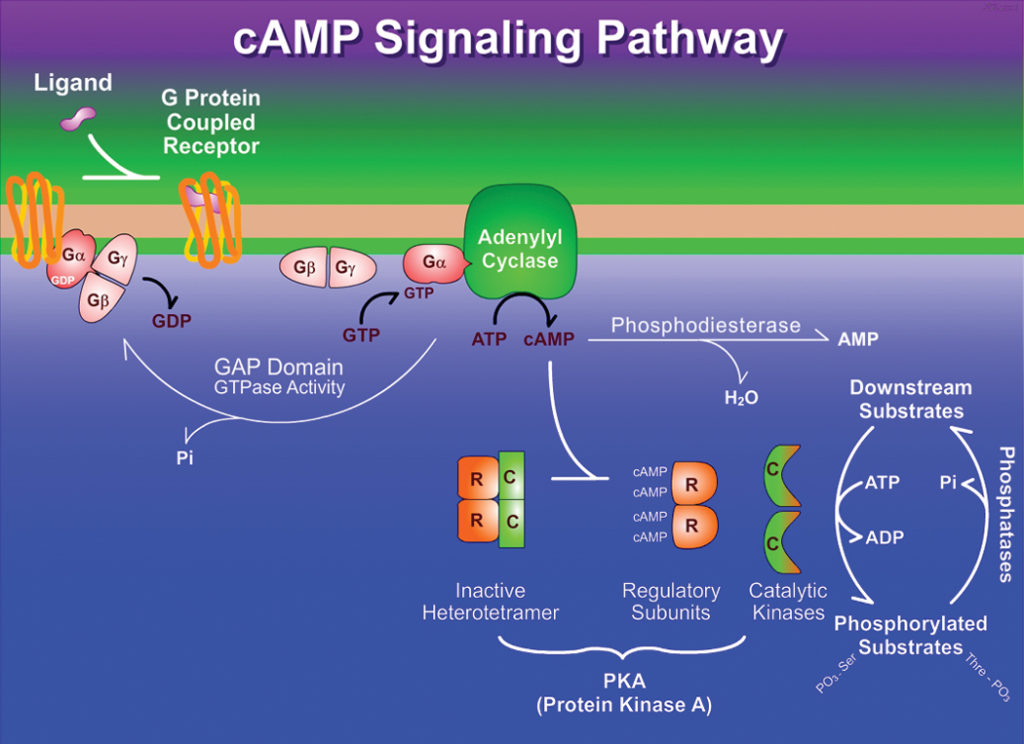
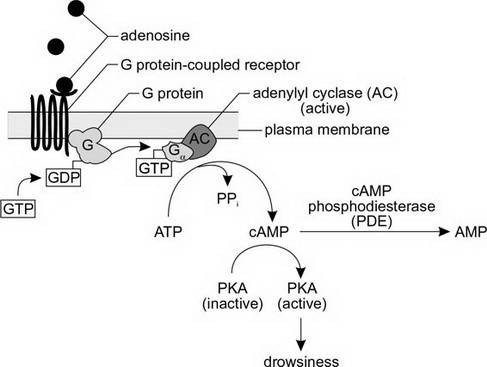



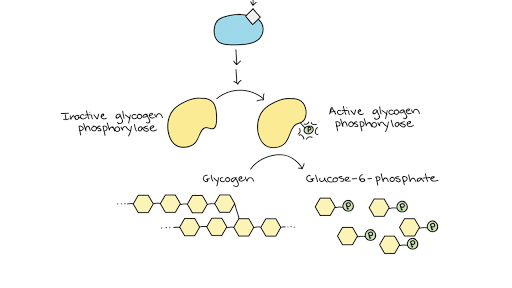


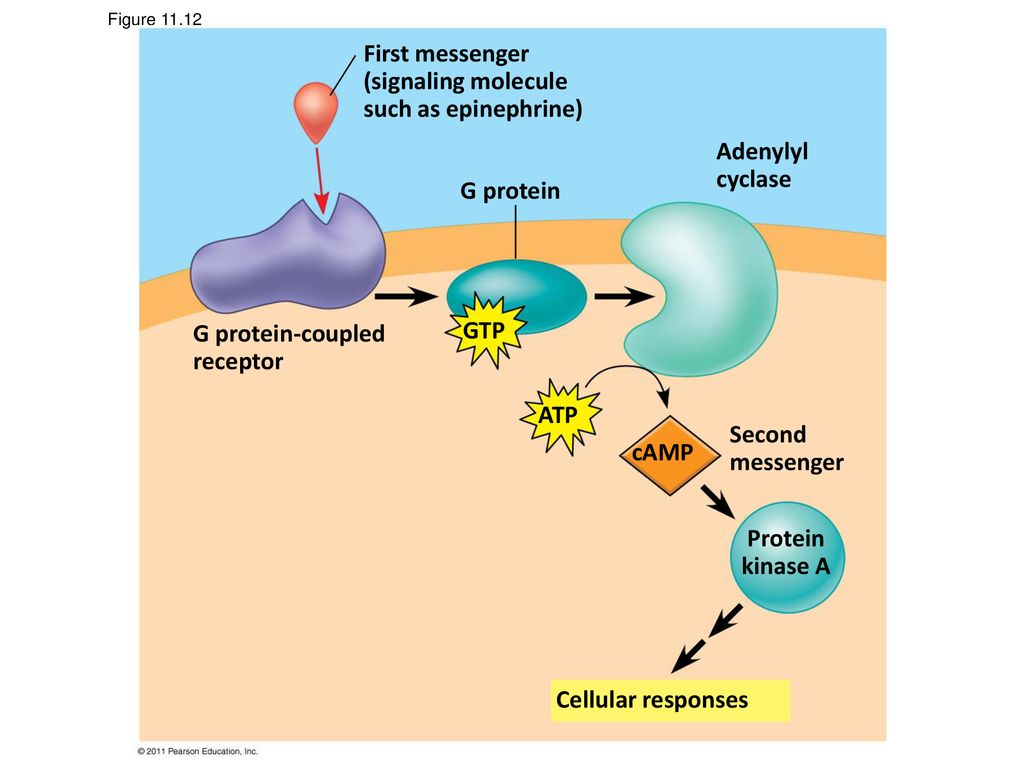
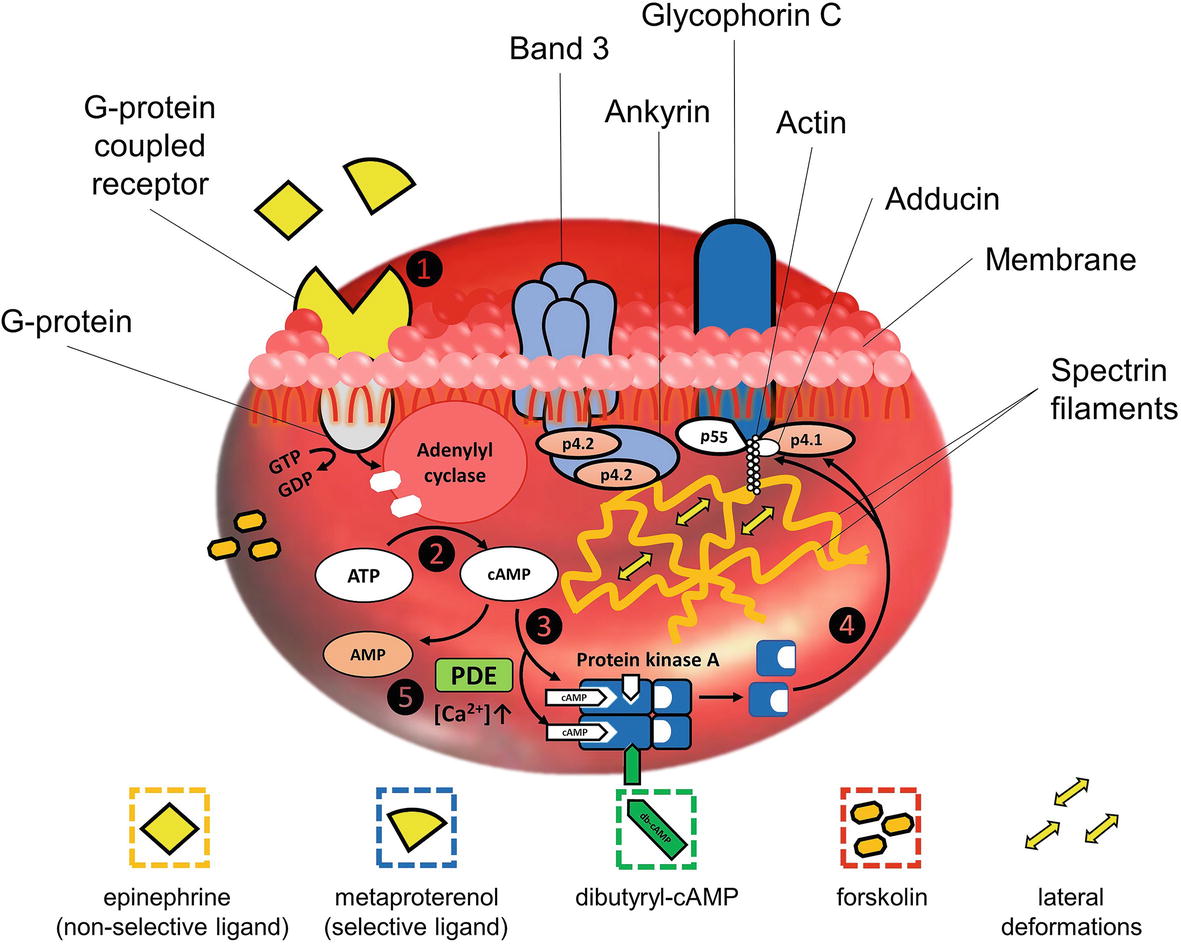
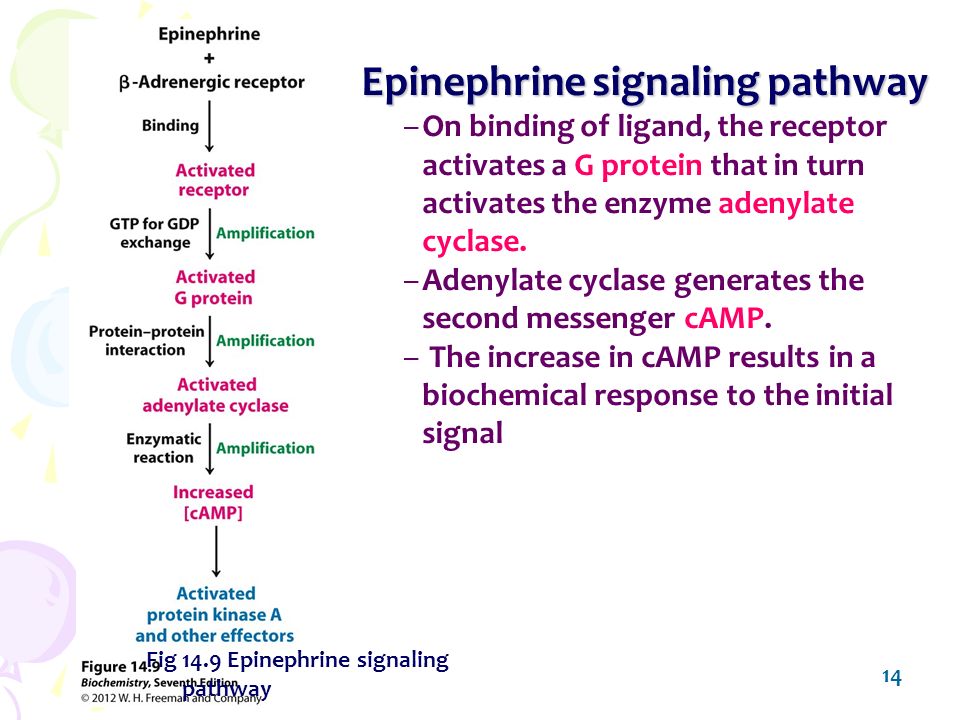





Comments
Post a Comment